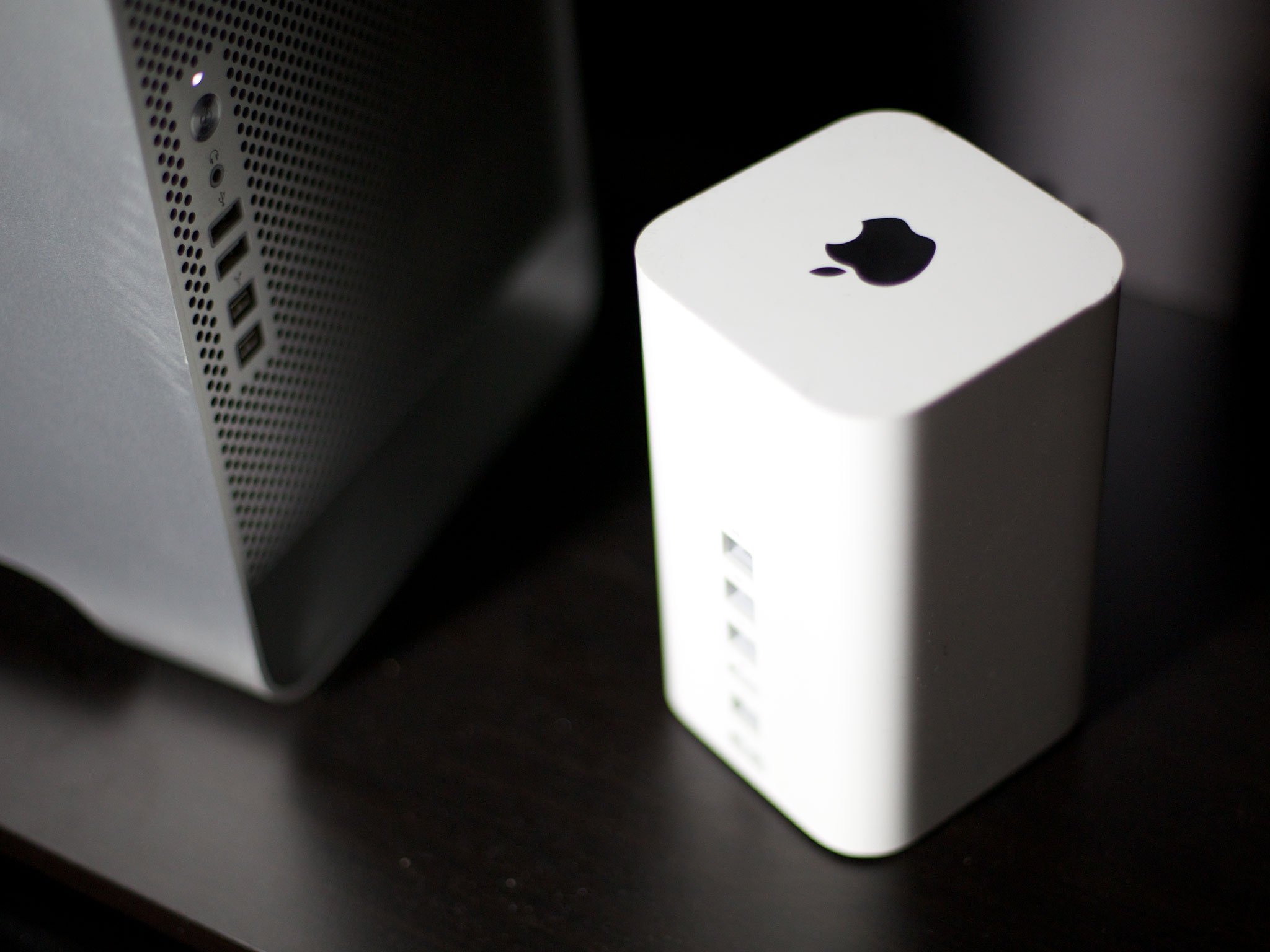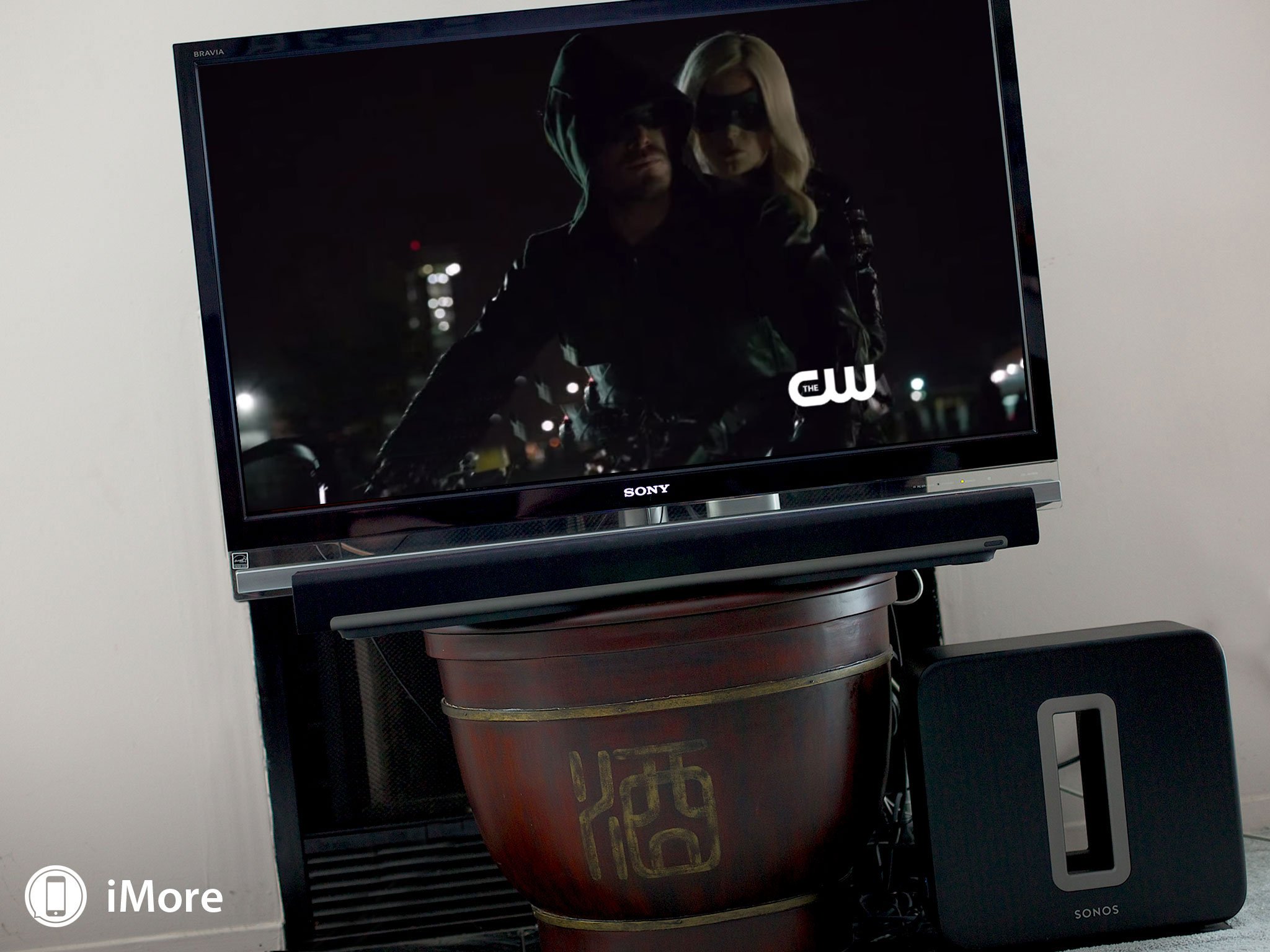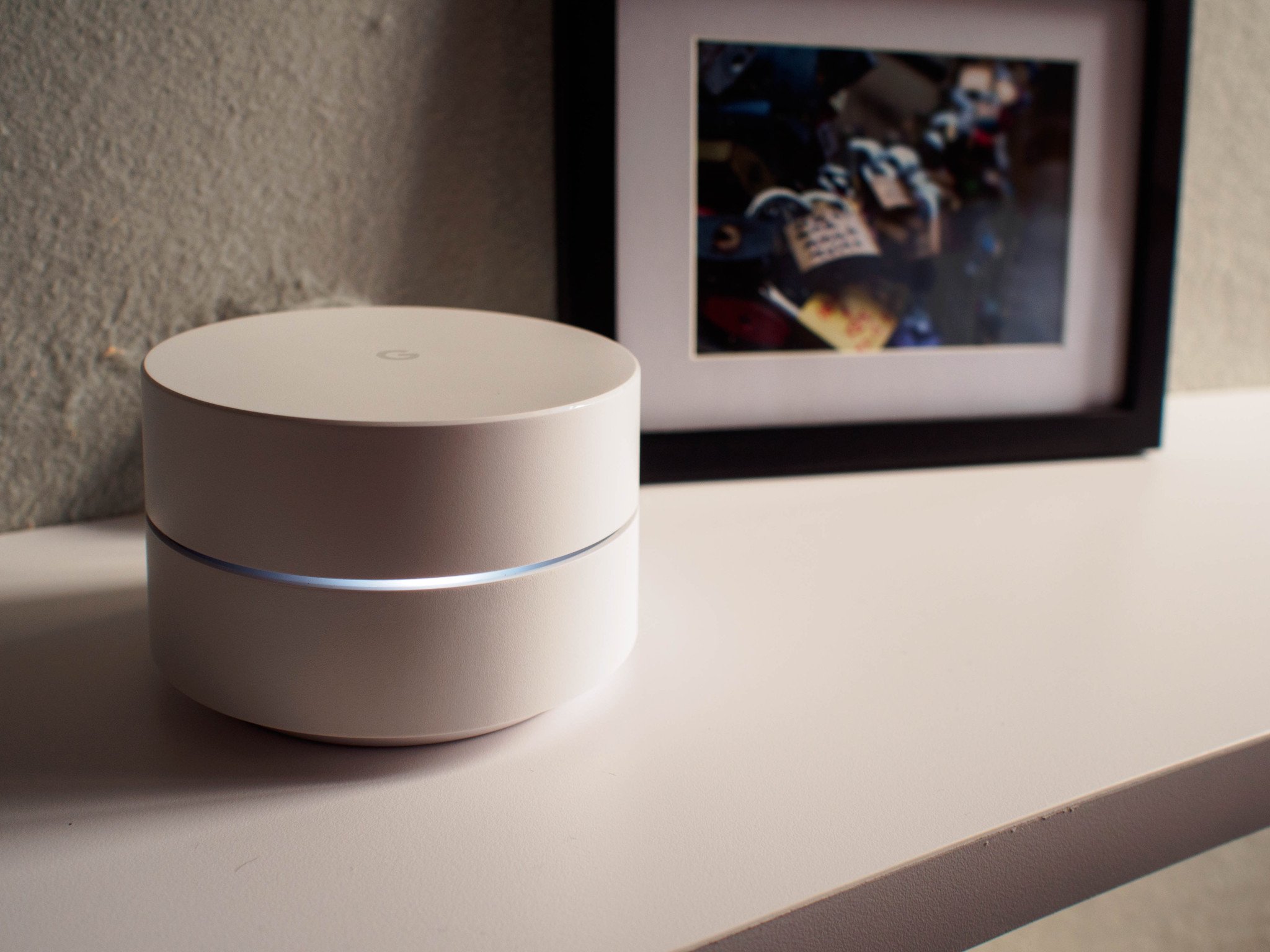Apple's AirPort in the age of mesh networking

The original AirPort wireless basestation was introduced by Steve Jobs at MacWorld New York in July of 1999. The current version, which supports the 802.11ac wireless networking standard, was released in June of 2013. That's more than 3 years ago. Since then the standards haven't evolved much, but wireless networking has — it's gone mesh.
Mesh-works
I started noticing it when conversations turned from AirPorts, TP-Links, and Netgears to Ubiquiti's enterprise offerings. They were beyond most consumers, though, so I didn't pay much attention. Then Ubiquiti launched their much friendlier Amplifi, and eero came to market. Now Google has announced Google Wifi and mesh is on the verge of going mainstream.

The advantage of mess routers is that they're not designed to be single, solitary, stand-alone points of access. They're designed to be part of a team. Instead of getting one and then, if you really need another, having to channel your inner IT admin to create a bridge or dual access points, you can simply add another mesh router to your system, tap or click a few buttons, and your network gets bigger and better.
My colleague, Jerry Hildrenbrand, wrote a great explainer about how mesh networks function on Android Central.
If you have a SONOS, then you already have a mesh network, and if you've ever added a speaker to the system, then you already know how easy it is to expand.
AirPort renovation
Apple's AirPorts are currently pre-mesh. You get an AirPort Extreme and, if it doesn't reach every room in your house, you get an AirPort Express — or another Extreme — and cobble it all together. It's… quaint. Perhaps even antiquated. And it's no longer the best experience for Apple's customers.

What if, instead, Apple got into the mesh networking game? You could get a single AirPort — or a Time Capsule, because they're handy enough I'd still want that around — and then simply add more if and when you need them. Plug a new AirPort in, the AirPort app for iOS or macOS detects it, you tap or click to add it, you're mesh network expands, and you're done.
Master your iPhone in minutes
iMore offers spot-on advice and guidance from our team of experts, with decades of Apple device experience to lean on. Learn more with iMore!
It's been three years since Apple updated the AirPort line, and it's starting to show. Maybe Apple felt they needed to help jumpstart Wi-Fi routers back when they made the first wireless Macs, and had to keep pushing the technology as it got faster and more robust. Now that fast Wi-Fi networking really is ubiquitous, though, maybe Apple's happy to let others, like Amplifi, eero, and Google Wifi lead the way?
Maybe Apple wants to do more — their own line of Beats or Apple-branded SONOS-style speakers that also let devices connect to the internet? But then it would need to be a high-quality speaker and that adds to the cost. Also, Apple just added that big SONOS showcase at Apple Retail...
Maybe Apple wants to add some smarts to the router? Let it cache macOS and iOS updates, iCloud files and photos, and otherwise add some and nearline to Apple's online services? A next-generation Time Capsule that gives the best of local and off-site backup?
Maybe Apple could give it a bunch of beam-forming mics, build in a multi-personal Siri, and make it a full on HomeKit hub?
Or Maybe Apple could do all three — simple router, next-generation Time Capsule, and full-on Apple Home hub with speaker — and you get what you need, when you need it, and expand it all as needed.
Owning the experience
Google is making Google Wifi for the same reason they made Chrome and Google DNS — to accelerate people onto the internet and into Google services. Not everyone wants the internet on Google's golden highway, though. Some people prefer Apple's technology and the company's stance on privacy.
Likewise, as iPhone becomes a mature product, it's the iPhone — and the iPad, Mac, Apple Watch, and Apple TV — ecosystems that become growth markets for Apple.
A modern AirPort that once again becomes extreme, this time with the use of mesh networking and strong ties into Apple's own services, does just that. It adds value to everything.

Rene Ritchie is one of the most respected Apple analysts in the business, reaching a combined audience of over 40 million readers a month. His YouTube channel, Vector, has over 90 thousand subscribers and 14 million views and his podcasts, including Debug, have been downloaded over 20 million times. He also regularly co-hosts MacBreak Weekly for the TWiT network and co-hosted CES Live! and Talk Mobile. Based in Montreal, Rene is a former director of product marketing, web developer, and graphic designer. He's authored several books and appeared on numerous television and radio segments to discuss Apple and the technology industry. When not working, he likes to cook, grapple, and spend time with his friends and family.
